Entry Category: Counties, Cities, and Towns
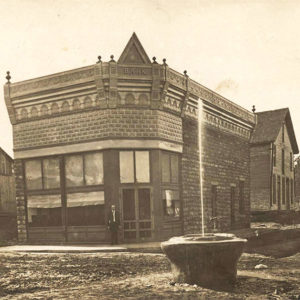 Cane Hill Bank
Cane Hill Bank
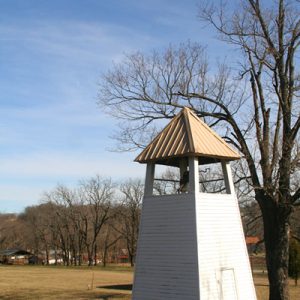 Cane Hill College
Cane Hill College
 Cane Hill College
Cane Hill College
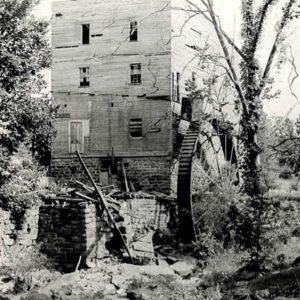 Cane Hill Mill
Cane Hill Mill
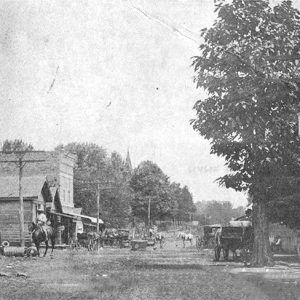 Cane Hill Street Scene
Cane Hill Street Scene
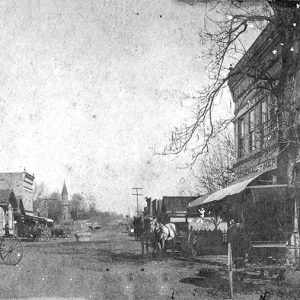 Cane Hill Street Scene
Cane Hill Street Scene
 Cane Hill Street Scene
Cane Hill Street Scene
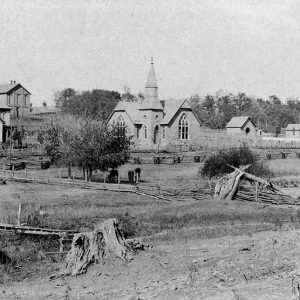 Cane Hill: 1891
Cane Hill: 1891
Caney (Hot Spring County)
Caney (Independence County)
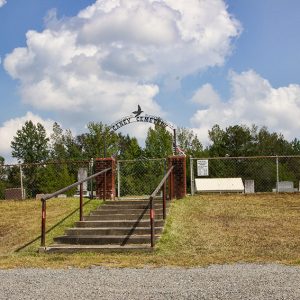 Caney Cemetery
Caney Cemetery
 Caney Church
Caney Church
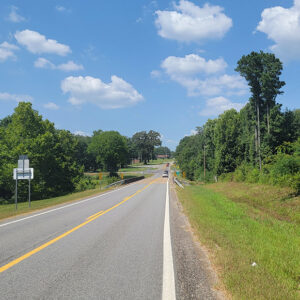 Caney Creek
Caney Creek
 Entering Caney Valley
Entering Caney Valley
Caney Valley (Pike County)
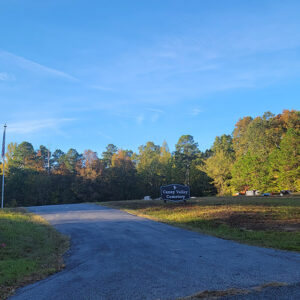 Caney Valley Cemetery
Caney Valley Cemetery
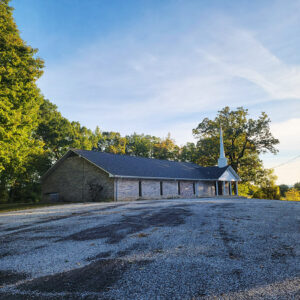 Caney Valley Church
Caney Valley Church
 Capital Hotel; 1892
Capital Hotel; 1892
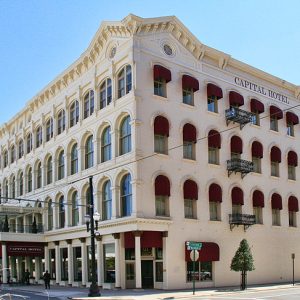 Capital Hotel; 2008
Capital Hotel; 2008
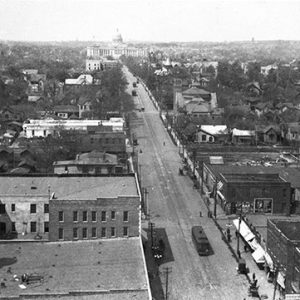 Capitol Avenue
Capitol Avenue
Caraway (Craighead County)
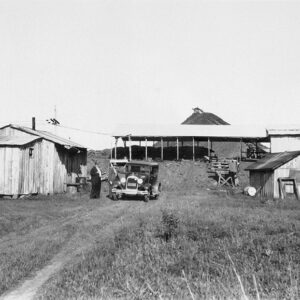 Carbon Coal Company
Carbon Coal Company
Carlisle (Lonoke County)
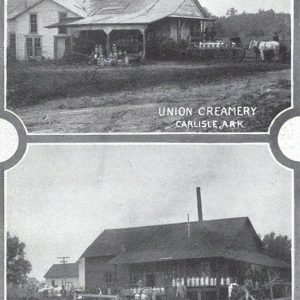 Carlisle Creameries
Carlisle Creameries
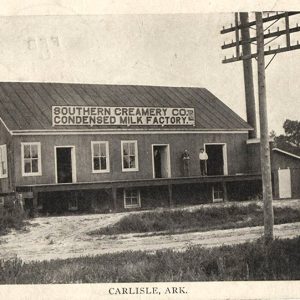 Carlisle Creamery
Carlisle Creamery
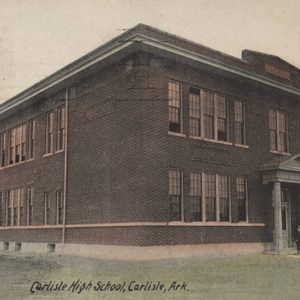 Carlisle High School
Carlisle High School
 Carlisle Rice Mill
Carlisle Rice Mill
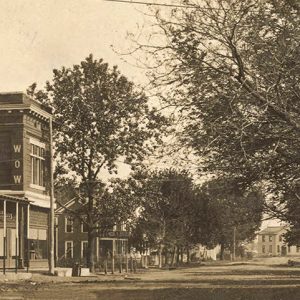 Carlisle Street Scene
Carlisle Street Scene
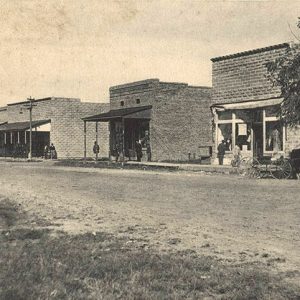 Carlisle Street Scene
Carlisle Street Scene
 Carlisle View
Carlisle View
 Carnall Statue
Carnall Statue
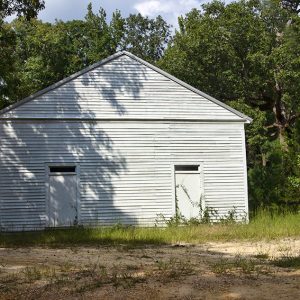 Carolina Methodist Church
Carolina Methodist Church
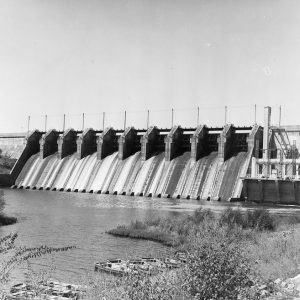 Carpenter Dam
Carpenter Dam
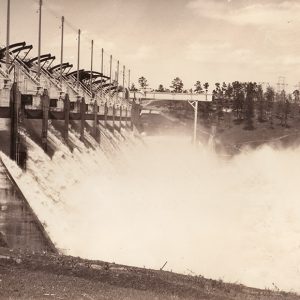 Carpenter Dam
Carpenter Dam
Carroll County
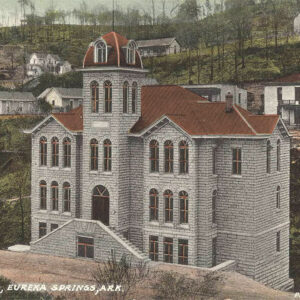 Carroll County Courthouse, Western District
Carroll County Courthouse, Western District
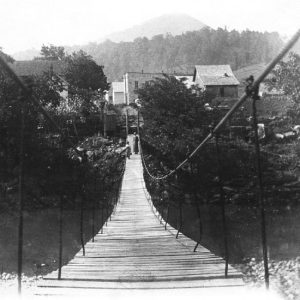 Carrollton Swinging Bridge
Carrollton Swinging Bridge
Carrollton (Carroll County)
Carthage (Dallas County)
 Carver Gym
Carver Gym
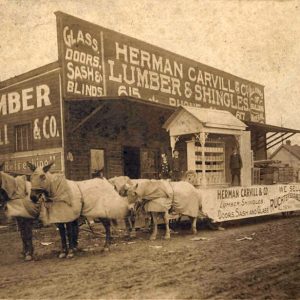 Carvill Store
Carvill Store
Casa (Perry County)
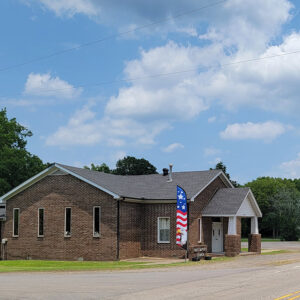 Casa Church
Casa Church
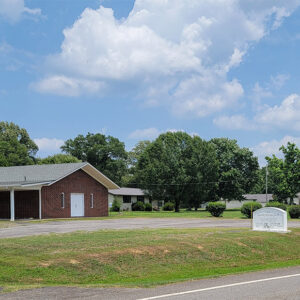 Casa Church
Casa Church
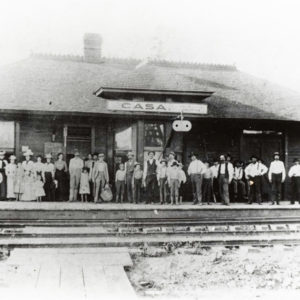 Casa Depot
Casa Depot
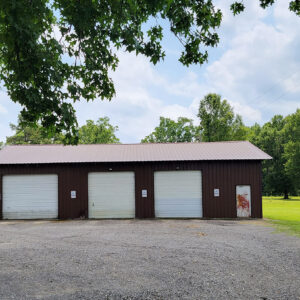 Casa Fire Deparement
Casa Fire Deparement
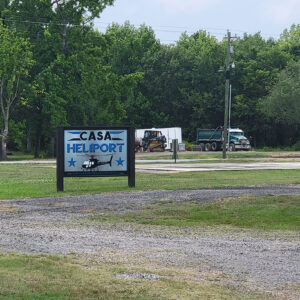 Casa Heliport
Casa Heliport
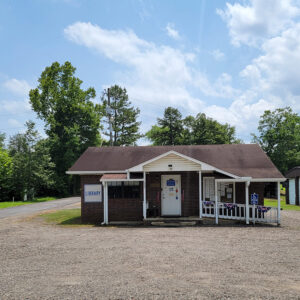 Casa Library
Casa Library
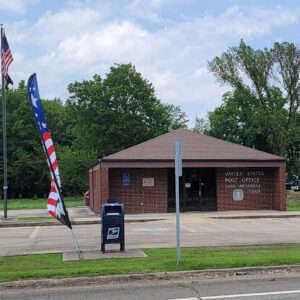 Casa Post Office
Casa Post Office




